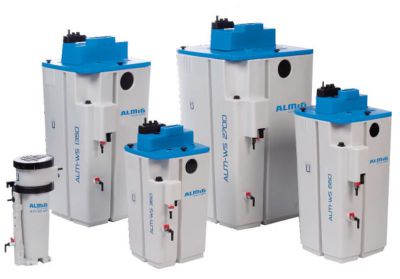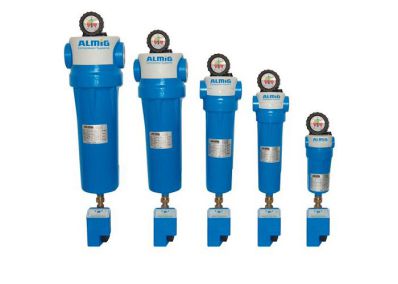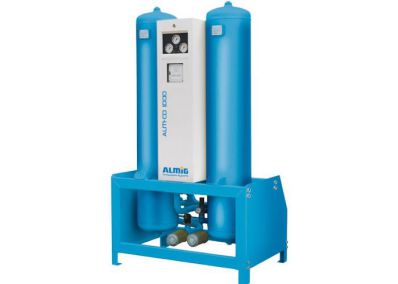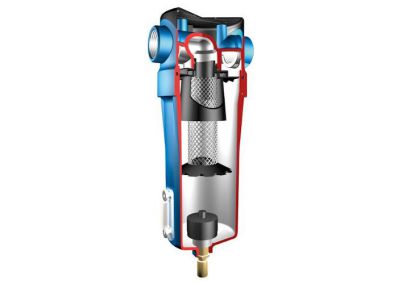To avoid pressure losses, rejects and production downtime, air drying is unavoidable. Corrosion is a permanent danger for every compressed air line, every consumer and its entire production. Therefore: Rely on optimal drying on our part to reduce the danger of moisture to a minimum.
Drying principles
There are several possibilities for drying the compressed air:
The pressure dew point
The pressure dew point (DTP) is a measure for the dryness of the compressed air.
It indicates the temperature up to which the compressed air can be cooled down without the moisture it contains condensing.
Dryers in comparison
| Refrigeration dryer | Adsorption dryer | Membrane dryer | |
| Design | standard | cold Regenerating warm regenerating | terminal |
| Application | industry | pharmaceutical industry, food industry, beverage industry, electrical industry | small consumers |
| Principle of operation | condensation water is removed | moisture is absorbed | sieving through membranes |
| Pressure dew point | 3°C | -20°C to -70°C | -20°C |
| Purity class according to ISO 8573-1 | 4 | 3-1 | 3 |
| Note for planning | Volume flow Operating overpressure Ambient temperature Compressed air inlet temperature | Air consumption Purge air/regeneration air filtration | Air consumption Purging air |




